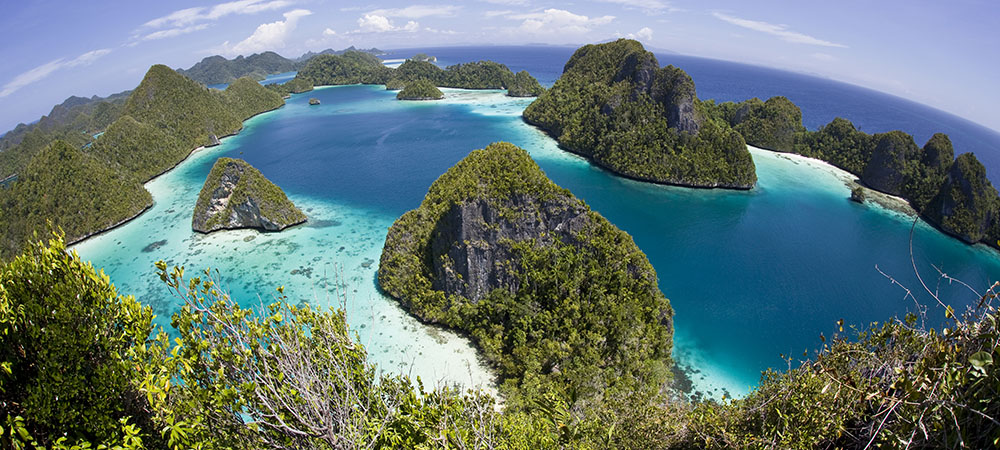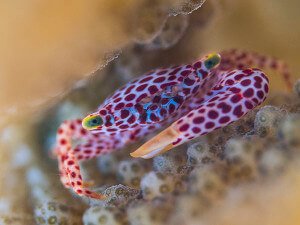
Biodiversity and the Coral Triangle
Part 2. In the first part of this discussion, I defined the coral triangle and focused on physical barriers (vicariance) as a major force that drives the high diversity of marine life in this region. Part two will address another important ecological feature of this region that significantly contributes to the incredible diversity of marine life that we see…Habitat diversity in the Coral Triangle extends far past the myriad of general reef environments such as coral reefs, mangroves, or seagrass beds. When factors such as depth, exposure to sunlight, exposure to waves, or turbidity are introduced into the equation, the number of habitats increases exponentially. As habitats set the stage for niche availability, the more habitats there are, the more potential niches are available for exploitation. Furthermore, organisms themselves set up potential ‘micro’ habitats. For example, large boulder corals (Porites spp.), prefer shallow, semi-exposed reef environments. There are several smaller organisms like gobies (the header image is a Sebree’s dwarfgoby, Eviota sebreei), coral hermit crabs, coral scallops, and Christmas tree worms that have adapted to living on this type of coral and to the environment in which the coral thrives.
Other corals, such as club or brush coral (Pocillopora spp.) that have preferences for areas exposed to heavy wave action, likewise have an exclusive complement of smaller organisms, but given the different type of coral and habitat, these organisms are different than those that live with boulder corals. Leopard blennies, guard crabs, and yellow-spotted scorpionfish are examples of inhabitants of Pocillopora corals. Translate this approach to the over 500 species of coral that exist in the Coral Triangle, and the potential niche availability increases by orders of magnitude. Extend it further to include all of the 30 phyla of animals, and the availability of niches seems almost limitless. What makes the Coral Triangle so special is that it seems that almost every available niche is, indeed, already filled. Fortunately, nature is dynamic, and with change come new opportunities for exploiting a new niche. Part 2



